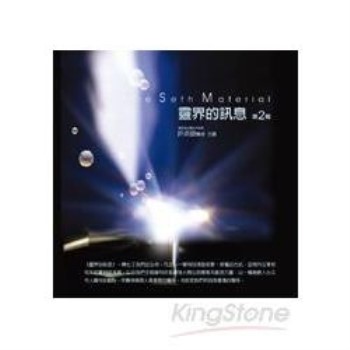Porous carbons are widely used as electrode materials for supercapacitors owing to their high specific surface areas, abundant surface functionalities, well-controlled pore systems, and excellent conductivity and stability. New carbon materials with well-defined nanostructures and functionalization patterns have been developed to meet challenges of a growing global demand for energy-saving materials and sustainable materials to reduce negative environmental consequences. This book describes progress toward the conversion and efficient utilization of porous carbon and its derived precursor as electrode materials for clean energy.
- Explores the chemical structure, composition, properties, classification, and application of various porous carbon nanoparticles and nanostructured materials for clean energy uses
- Proposes strategies for porous carbon production through featured examples
- Covers a variety of materials, including those derived from biomass, graphene, aerogels, and carbon nanofibers
- Discusses applications including electrocatalysts, batteries, hydrogen production, supercapacitors, and energy storage
- Examines challenges and future opportunities
This book will be of interest to materials and chemical engineers, scientists, researchers, and others active in advancing the development of renewable and clean energy technologies.
The Open Access version of this book, available at http: //www.taylorfrancis.com, has been made available under a Creative Commons Attribution-Non Commercial-No Derivatives (CC-BY-NC-ND) 4.0 license.












